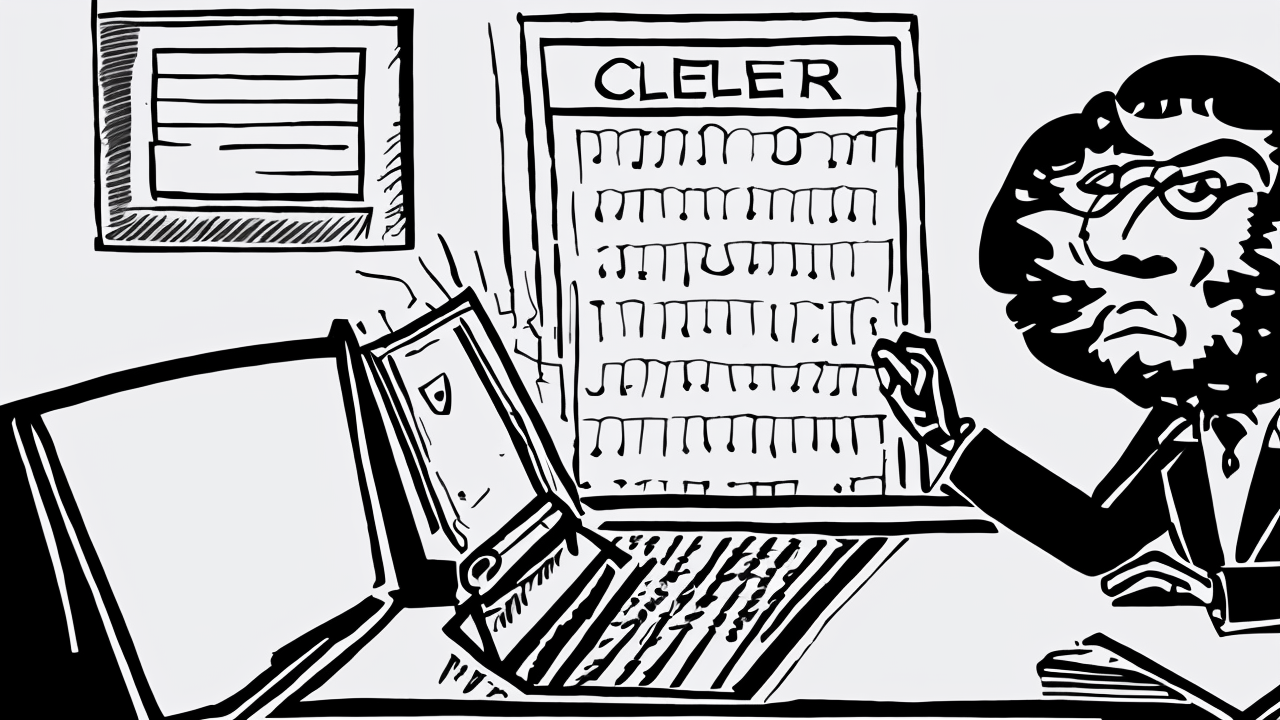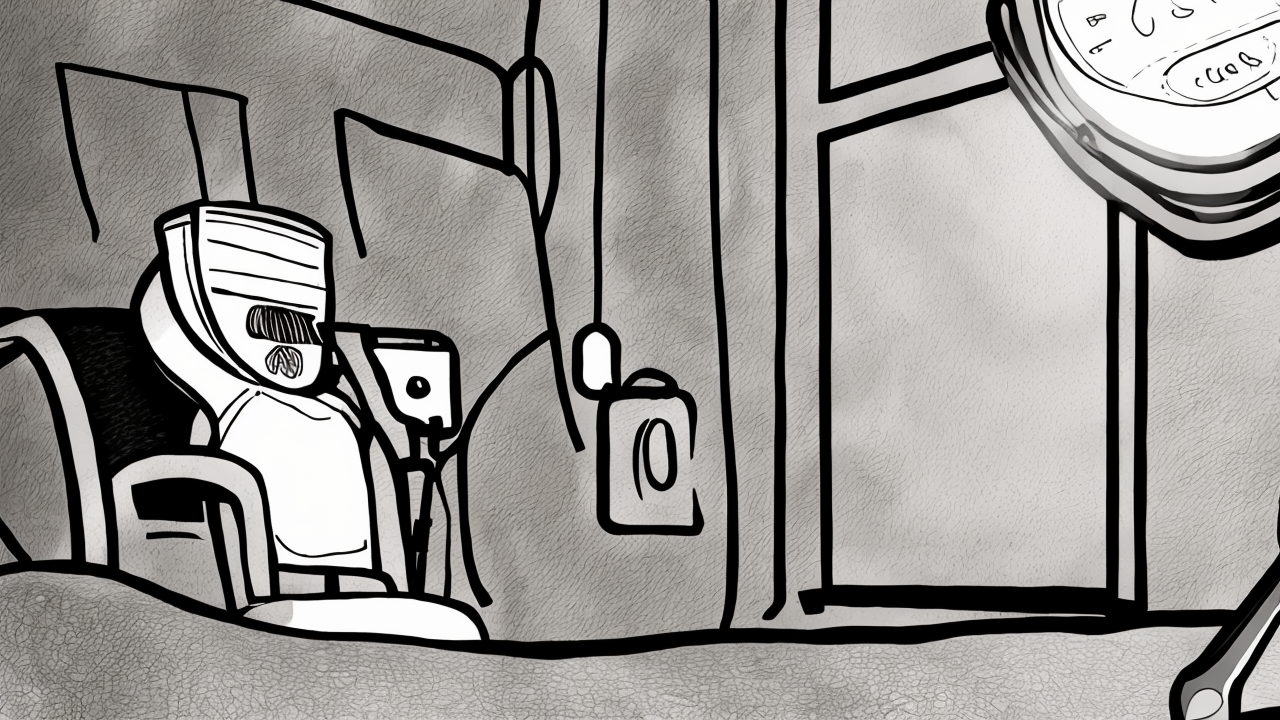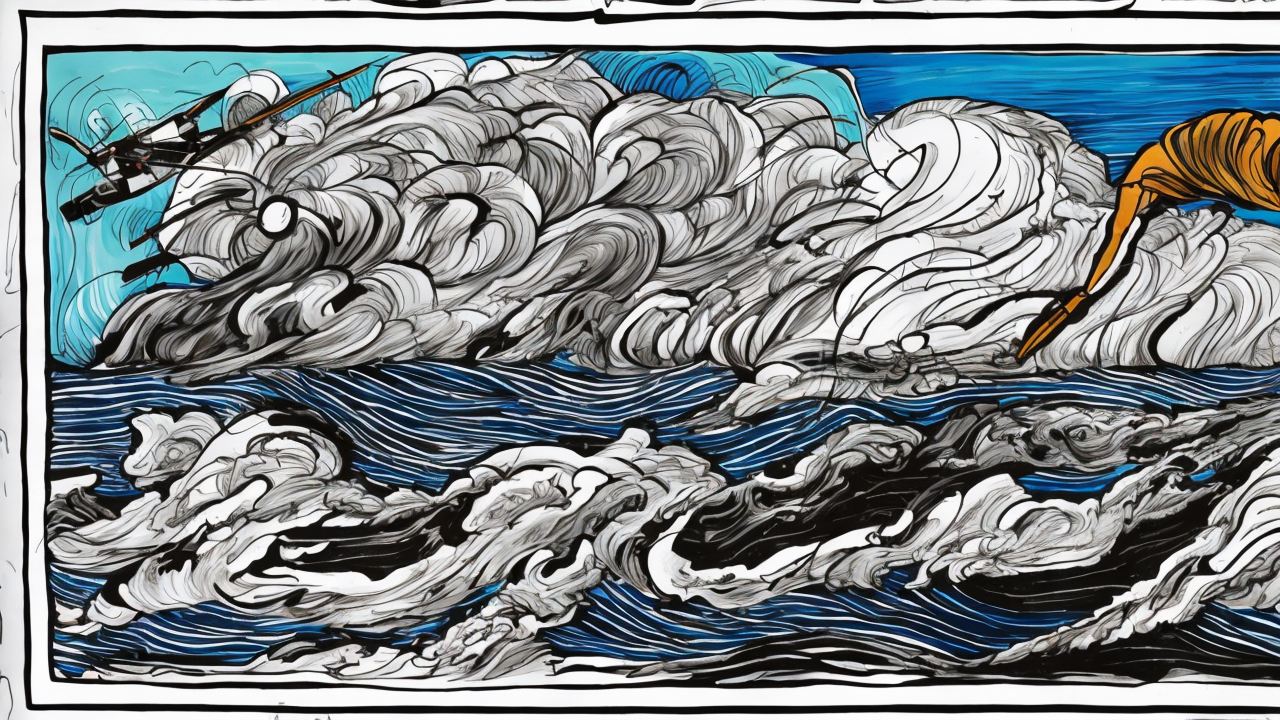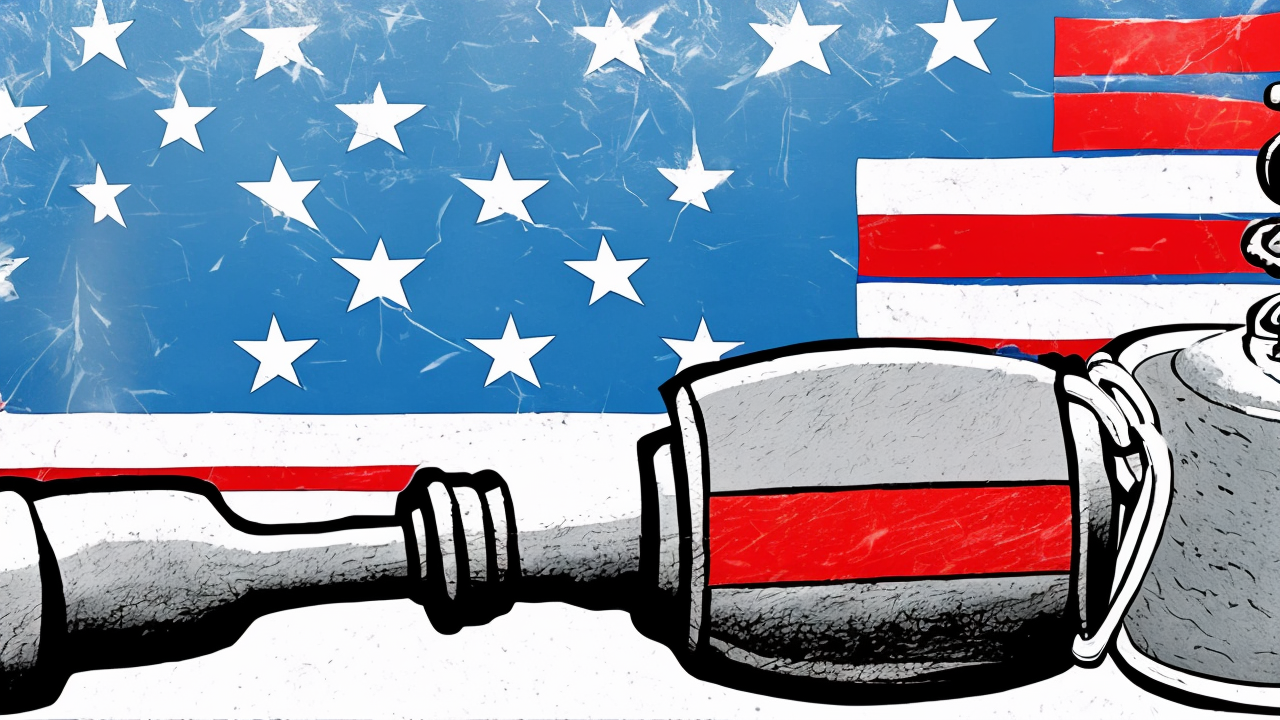Reliable Catastrophic Health Care Plans: A Conservative Approach to Reform
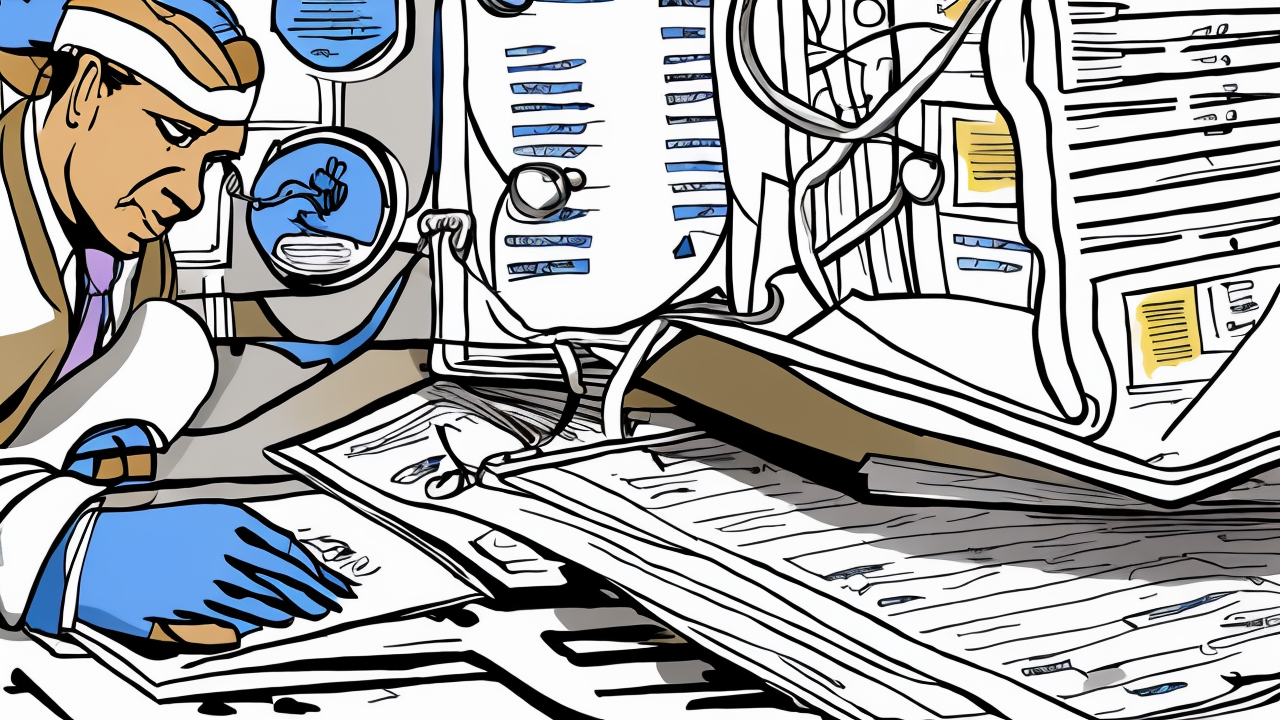
The American healthcare system today stands at a crossroads. While the intent behind expanded coverage has been noble, the results have been far from ideal. Under the current model, premiums have risen steadily, deductibles have grown unmanageable, and many families find themselves paying for services they never use. The burden falls heaviest on those who are already struggling—hardworking individuals and small business owners who want affordable access to care without the weight of bureaucratic overreach.
A more sustainable path lies in returning to a proven model: catastrophic health insurance. Before the Affordable Care Act redefined the market, these plans offered low monthly premiums and high deductibles, covering only major medical events like hospitalization, surgery, or serious illness. Routine visits, prescriptions, and minor treatments were paid for out of pocket—something that many families already manage with discipline and foresight.
This approach respects personal responsibility. It acknowledges that not every health need requires insurance, and that individuals are best suited to make decisions about their own care. A young, healthy person may choose to pay for a checkup or medication directly, saving money over time. A family with a child needing regular care might use a savings account to cover those costs, building financial resilience. These choices reflect a mature understanding of stewardship—of time, money, and health.
When combined with health savings accounts (HSAs), catastrophic plans become even more powerful. HSAs allow individuals to set aside pre-tax dollars for medical expenses, creating a financial buffer that grows over time. These accounts are portable, meaning they stay with the person regardless of job changes or life transitions. They also encourage thoughtful spending, as unused funds can accumulate and be used later for serious conditions or retirement care. This system rewards discipline and long-term planning—values deeply rooted in American tradition.
Moreover, this model reduces the role of federal bureaucracy. Instead of mandating coverage for every possible service, it shifts focus to what truly matters: protecting families from financial ruin during a crisis. It allows states to innovate, design programs suited to their unique populations, and respond more nimbly to local needs. A state with a younger population might emphasize preventive care and wellness programs, while another with an aging demographic could support long-term care solutions. Federal overreach gives way to local accountability.
Critics argue that catastrophic plans leave people vulnerable, but that is only true if we ignore the reality of how most Americans already manage healthcare. Millions pay for doctor visits and prescriptions out of pocket every year. The difference now is that they also pay for insurance they don’t use, often at inflated rates due to government mandates. A system that lets people choose their level of coverage—without penalty or coercion—restores dignity and choice.
This is not about rejecting care. It is about redefining it. It is about recognizing that healthcare is not a commodity to be controlled by Washington, but a personal responsibility to be managed wisely. It is about empowering individuals, strengthening families, and fostering a culture of self-reliance.
As we look ahead, the path forward is clear. Return to catastrophic plans. Expand access to HSAs. Let states lead. Reduce federal mandates. Build a system that rewards responsibility, protects against hardship, and respects the natural order of personal stewardship.
The goal is not perfection. It is progress—measured not in mandates, but in freedom. When people can make informed choices about their own health, when they save for care with real ownership, and when communities innovate without top-down control, then healthcare becomes not a burden, but a shared responsibility built on trust, discipline, and common sense. That is a system worth preserving—and rebuilding.
Published: 10/27/2025

